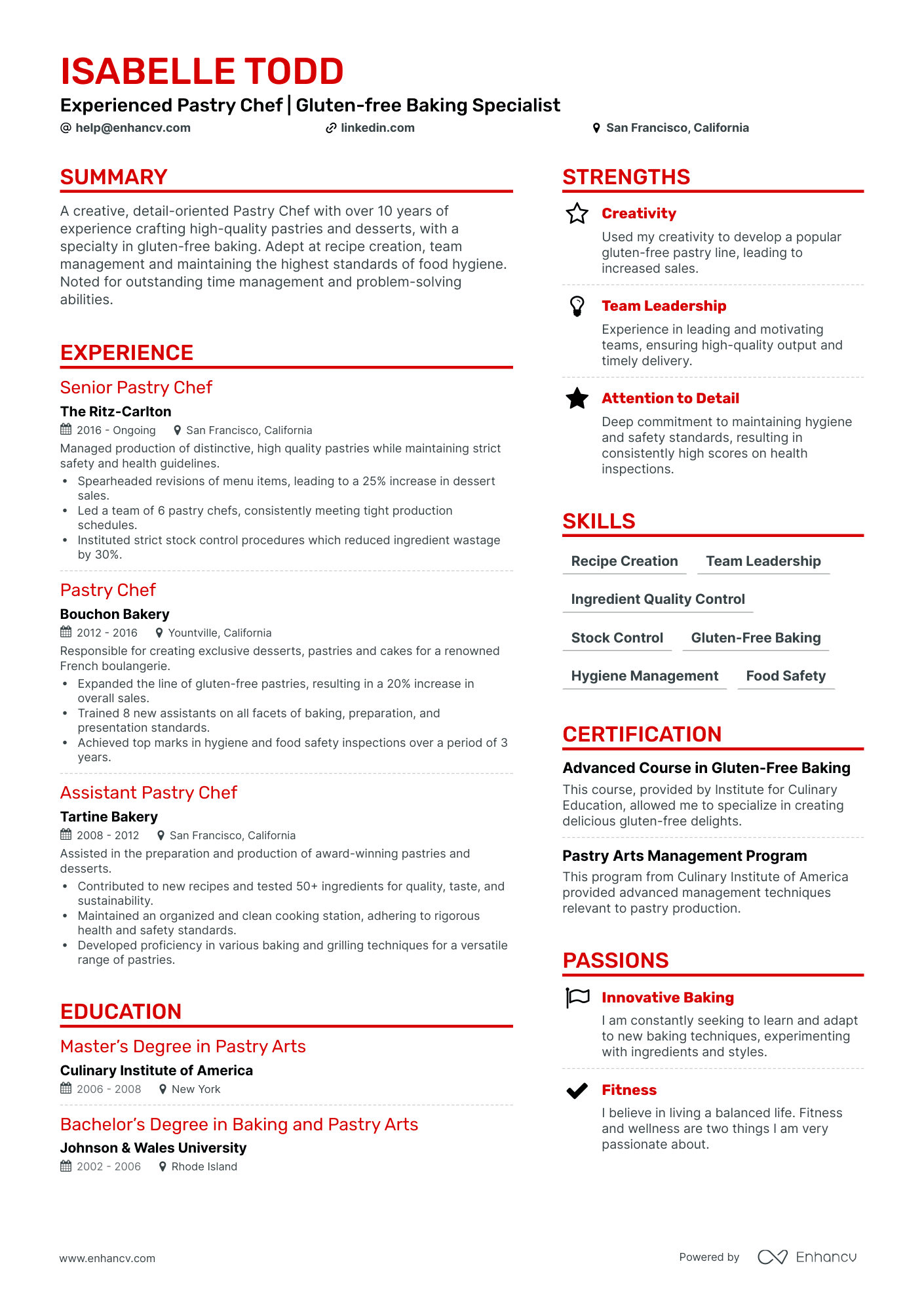Cultivating Culinary Talent Global Professionals Association

Connecting Culinary Experts: Exploring the International Association of Culinary Professionals
A Global Network of Culinary Excellence
Joining the International Association of Culinary Professionals (IACP) means becoming part of a global network of culinary excellence. This prestigious association brings together chefs, food writers, educators, and other culinary professionals from around the world. With a shared passion for food and a commitment to culinary innovation, IACP members collaborate, share knowledge, and elevate the standards of the culinary industry worldwide.
Promoting Culinary Innovation
At the heart of the IACP’s mission is the promotion of culinary innovation. Through conferences, workshops, and educational events, the association provides members with opportunities to explore emerging culinary trends, exchange ideas, and stay at the forefront of industry developments. Whether it’s experimenting with new ingredients, techniques, or cuisines, the IACP encourages members to push the boundaries of culinary creativity and inspire new culinary experiences.
Fostering Collaboration and Networking
Networking is a cornerstone of the IACP experience, offering members the chance to connect with like-minded professionals from diverse culinary backgrounds. Whether you’re a seasoned chef looking to expand your culinary network or a budding food writer seeking mentorship, the IACP provides a platform for meaningful collaboration and networking. From online forums to regional events and international conferences, the association fosters a supportive community where members can share knowledge, forge partnerships, and advance their careers.
Access to Educational Resources
As a member of the IACP, you gain access to a wealth of educational resources designed to enhance your culinary skills and knowledge. From online courses and webinars to culinary publications and research papers, the association offers a wide range of educational opportunities to suit every member’s interests and career goals. Whether you’re looking to refine your cooking techniques, explore culinary history, or delve into food writing, the IACP provides the tools and resources you need to succeed in the culinary world.
Recognition and Awards
The IACP recognizes excellence in the culinary industry through its prestigious awards program. From the Cookbook Awards to the Food Writing Awards and Culinary Educator Awards, these accolades celebrate outstanding achievements in culinary writing, photography, education, and innovation. Becoming an award-winning member of the IACP not only brings recognition and prestige but also opens doors to new opportunities and career advancement within the culinary community.
Advocating for Culinary Sustainability
As global citizens, members of the IACP are committed to promoting culinary sustainability and responsible food practices. Through advocacy initiatives, educational programs, and partnerships with like-minded organizations, the association works to raise awareness about pressing issues such as food waste, sustainable sourcing, and ethical farming practices. By championing culinary sustainability, IACP members strive to create a more equitable, environmentally conscious, and socially responsible food system for future generations.
Professional Development and Mentorship
The IACP is committed to supporting the professional development of its members through mentorship programs, career coaching, and leadership opportunities. Whether you’re a seasoned professional looking to mentor the next generation of culinary talent or a newcomer seeking guidance and support, the association provides avenues for








